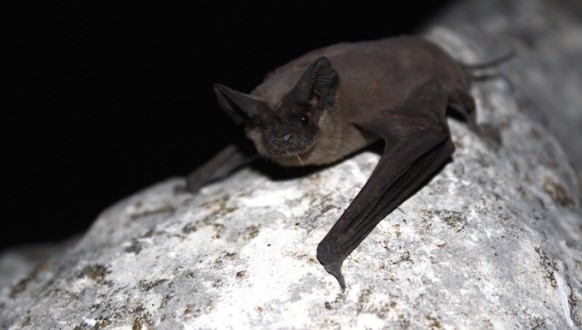Using sound to hunt for food is a pretty ingenious adaptation for bats flying at night. But it doesn’t work if another bat is messing with you. Researchers have discovered that a species of bats can purposely jam the sonars of others to keep rivals away from their insect prey.
Bats use echolocation, or biological sonar, in order to find and track prey in almost complete darkness. The sound of this echolocation changes when a bat goes in for the kill, which is when Mexican free-tailed bats make their move. That’s when they “jam” a competitor’s call in order to prevent it from making the catch.
“This is the first study to show that bats actively jam the echolocation of other bats, and it increases the number of known functions of bat sounds to three: echolocation, communication and acoustic interference,” said Aaron Corcoran, one of the researchers, in a news release.
In order to make sure that the bats were actually jamming each other’s calls purposely, the scientists recorded natural bat competitions with highly-sensitive cameras and a specialized array of ultrasonic microphones. This allowed them to reconstruct the flight paths of bats from emitted sounds. In the end, they found that bats almost always missed their prey when another bat was jamming them.
“It isn’t known if other bat species-or other echolocating animals like dolphins-are employing the same tactic,” said William Conner, one of the researchers.
Currently, the scientists plant to study other species. Yet this research changes the understanding of the possible ways that animals compete with each other for food. More specifically, it reveals how one bat species manages to keep other bats from feeding so that there’s more for them at the end of the night.
Agencies/Canadajournal
 Canada Journal – News of the World Articles and videos to bring you the biggest Canadian news stories from across the country every day
Canada Journal – News of the World Articles and videos to bring you the biggest Canadian news stories from across the country every day



